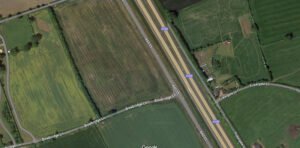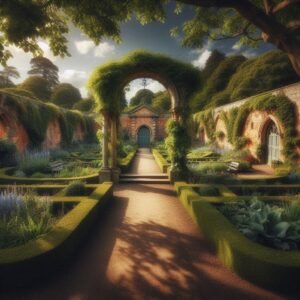Medusa’s image, discovered on a silver phalera (a decorative medallion worn on the breastplate of Roman soldiers during parades) unearthed at the fort of Vindolanda, near Hadrian’s Wall.
Period: Roman
Jul 06
Syncretism through the ages
Jul 03
Boadicea
Jun 23
Iceni
Jun 19
Guide – Agricultural practices through time
Prehistoric Yorkshire is a landscape rich with history, revealed through various archaeological finds that offer a glimpse into the ancient past. The oldest evidence of human activity in this region dates back to around 125,000 years ago, but it is the later periods, particularly the Iron Age, that have yielded significant discoveries related to ploughing and farming.












